

Rental Affordability
2023 SNAPSHOT
ANGLICARE VICTORIA - VICTORIAN RENTAL MARKET
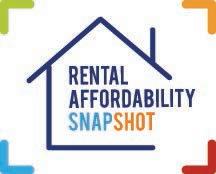
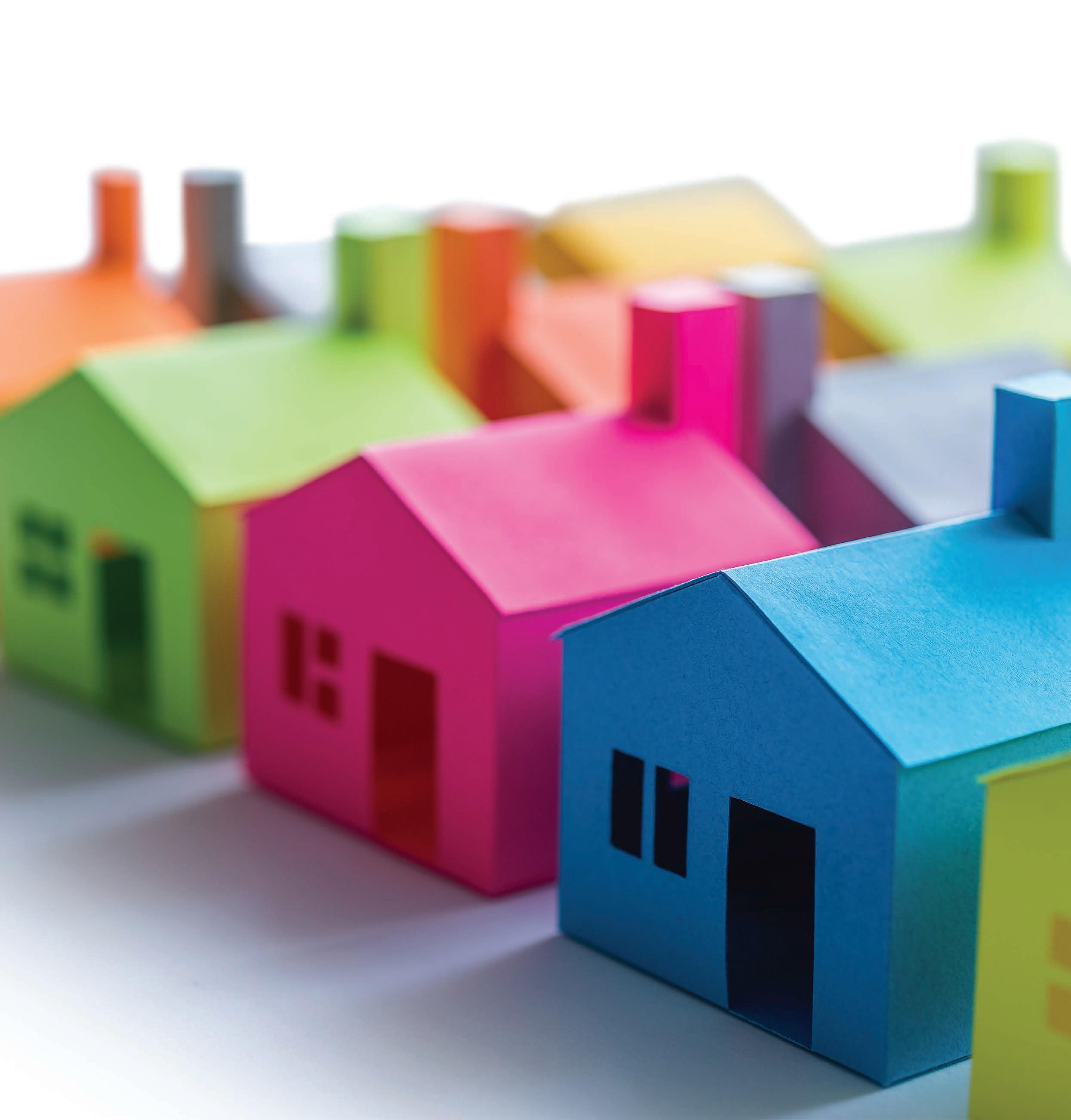
Anglicare Victoria
Our Research
Anglicare Victoria’s 2023 Rental Affordability Snapshot (RAS) was conducted as part of the national snapshot undertaken by Anglicare Australia. The RAS is an annual survey of the affordability of rental properties for Victorians living on low incomes. It is also an opportunity for us to highlight the challenges they faced in the rental market and make a case for change.
These individuals and families make up much of Anglicare Victoria’s client base, and the RAS shows just how hard it is for many of them to find a safe and affordable place to live. The results of the 2023 RAS indicate that Victoria – and Melbourne in particular – is in the grip of a rental crisis, with far fewer rental properties available than at the same time last year. Median rents have increased and so too has the cost of living, resulting in a nightmare scenario for some of Victoria’s most disadvantaged people.
The 2023 Victorian RAS examined 11,687 rental listings advertised across the state on Saturday 18 March 2023, from metropolitan Melbourne to the regions. This data was used to calculate the proportion of these listings that would be suitable and affordable for individuals, couples and families living on the minimum wage or a Commonwealth income support payment or pension.
To be considered suitable and affordable, properties must be priced at less than 30 per cent of a household’s total income and have enough bedrooms to avoid overcrowding. Further details about the methodology and data are available in the Data and Methodology section at the end of this report.
What we found
• Rental vacancies in Victoria have fallen by two thirds in two years, while the population has continued to grow. There are fewer homes on the market that are affordable for Victorians on income support.
• Affordable rentals in metro Melbourne have declined sharply, with just 300 properties across the city deemed affordable for a family with one parent earning the minimum wage.
• Regional availability improved slightly as COVID tree-changers returned home, but affordability remains a challenge. Just 16 of 48 regional Victorian local government areas had any rental listings at all on the day the snapshot was taken.
• Only 100 properties across the entire state were affordable for Victorians on income support. Not a single property meets the affordability criteria for singles on Youth Allowance or JobSeeker payments.
• Median rents in Melbourne have risen 10.8 per cent, with rent rises of up to $112 per week in some suburbs. Rent Assistance payments have not kept up.
What we can do
Australia needs a higher proportion of social and community housing for young people under 25. A quarter of homeless people are between 12 and 24 years old, yet only 2.9 per cent of social housing is leased to people under 24. A dedicated youth homelessness and housing strategy is needed that focuses on the unique needs and risks faced by young people who are homeless.
Victorians need more social and affordable housing. There is a critical lack of social and affordable homes in Victoria. Greater collaboration between state and federal governments is required.
Raise income support payments so people don’t have to live below the poverty line. The low rates of Commonwealth support payments means people are trapped in poverty and housing stress. A substantial increase to Commonwealth income support payments is needed to keep pace with the rapid rise in the cost of living.
Support housing supply to ensure it can keep up with population growth. Post-COVID population growth has put added pressure on the rental market in Victoria, affecting those at the lower end of the market the most.
Rent assistance payments should be increased. Urgent reform is needed to increase Commonwealth Rent Assistance so that it reflects current median rental prices. Then those in housing stress could spend more money on essentials such as healthy food, education and transport.
We urgently need a plan to end homelessness. We need a plan that tackles the causes of homelessness, including the lack of affordable housing, poverty and family violence.
Fix the tax system to better support low-income Australians. The Federal Government should scrap the Stage 3 Tax Cuts, which will cost the Federal Budget $146 billion in financial year 2024-25. About half that – $76 billion – would raise income support to $88 per day. Doing so would lift almost 2.3 million Australians, including 840,000 children, out of poverty.
More in-depth discussion of these recommendations can be found in the Policy Solutions section on page 17.
Key Findings
As in previous years, the data from the 2023 RAS has revealed the extent to which private rentals are out of reach for Victorians on income support and low wages. In 2023, the cost-of-living crisis is putting added pressure on household budgets, with the prices of essentials such as groceries, petrol and utility bills rising considerably. There has also been a significant reduction in the number of properties available on the rental market, leaving low-income Victorians in a precarious position when it comes to securing safe, adequate and affordable housing.
Of the 11,687 private rentals available across Victoria:
Less than 1 per cent (100 properties) were suitable for households living on income support payments
A quarter (2998 properties) were suitable for households living on the minimum wage
The headline trends noted in 2023 are as follows:
Rental vacancies in Victoria have fallen by two thirds in two years
The 2022 RAS found the number of rentals available on the market had decreased significantly, from 33,710 in 2021 to 18,934 in 2022. This trend has continued, with the total number of properties listed for rent falling to just 11,687 in 2023 – a drop of 38 per cent. Compared to 2021, the number of available rentals has fallen by two thirds. As a result, there are 271 fewer homes that are affordable for Victorians on income support, and 1446 fewer for those on minimum wage. At the same time, Victoria has seen significant population growth due to the resumption of overseas migration. The rental vacancy rate in Melbourne has more than halved since March 2022, falling to a record low of 0.7 per cent at the time the RAS data was collected.
Affordable rentals in metro Melbourne dry up
The number of available rental listings in metropolitan Melbourne has declined sharply, from 17,511 in 2022 to 9852 this year (a drop of 44 per cent compared to the same time last year). Of these 9852 properties, just 58 were affordable for households relying on income support as their main source of income, compared to 220 in 2022 – a drop of almost three quarters. For every four affordable properties on the market last year, there is just one in 2023. One fifth (2016) of properties were affordable for a couple with two children if both parents earned the minimum wage, while only 300 properties (3 per cent) were affordable for a family with one parent employed at minimum wage.
Regional availability improves slightly as COVID tree-changers return home
Of the 11,687 rental properties that were available on the snapshot weekend, 1835 were in regional Victoria – 412 more than in 2022. Yet only 16 of the 48 regional Victorian local government areas had any listings at all on the day the snapshot was taken. This appears to be attributable to a reversal of the trend we saw during the pandemic, when many Melburnians moved to the regions to avoid COVID lockdowns. While availability has improved in the regions, the supply-and-demand squeeze has left prices higher.
Only 42 properties (0.36 per cent) met the criteria to be considered affordable for regional Victorians living on income support, and 943 (8.1 per cent) were affordable for those earning the minimum wage.
Just 100 properties across the state were affordable for Victorians on income support
Four properties (0.03 per cent) across Victoria were affordable for a single parent with one child receiving the Commonwealth Parenting Payment, while only 35 properties (0.30 per cent) we affordable for a single person on the Age Pension. One property across the entire state was affordable for someone receiving a Disability Support Pension. Not a single property met the criteria for affordability for singles on Youth Allowance or JobSeeker payments, indicating just how difficult the rental market has become for young Victorians.
Figure 1. Affordable properties for regional Victorians on income support, 2021-23

Median rents in Melbourne have risen by up to $112 per week
The median rent in Melbourne rose to $526 per week in March, up 10.8 per cent on the previous year. In some suburbs this has meant tenants are paying up to $112 per week more for their homes. Inner city suburbs close to amenities and transportation have seen the highest increases, with rental prices in the CBD rising by $112 and $111 in the inner east. Asking rents in Melbourne’s Bayside suburbs are up $87, while in the city’s north, tenants are paying an average of $56 more per week.
This can be attributed to population growth increasing demand, combined with 10 successive interest rate hikes putting financial pressure on private landlords. At the same time, increases to Commonwealth Rent Assistance have not kept pace with median rents. Almost 50 per cent of Victorians who receive Commonwealth Rent Assistance are in rental stress and need to spend more than 30 per cent of their income on rent to secure appropriate housing.
Figure 2. Median weekly rent, 2020-2023 - Victoria
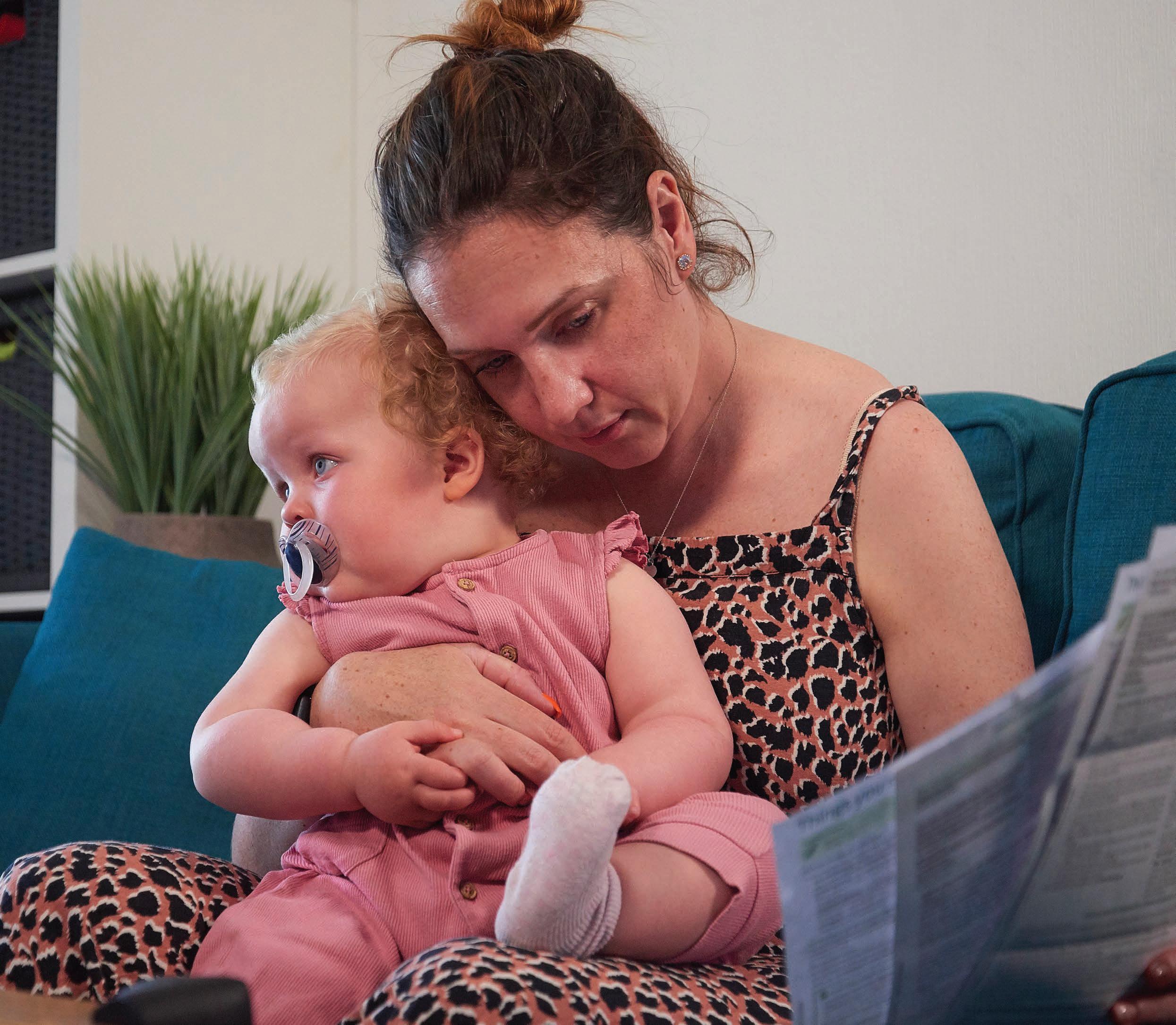
Rental Affordability, Victoria
On the Snapshot weekend of 18th March 2023, these are the number of unique properties affordable and appropriate for:
Households on income support payments 100
Households on minimum wage
Couple, two children (one aged less than 5, one aged less than 10)
Single, two children (one aged less than 5, one aged less than 10)
Couple, no children
Single, one child (aged less than 5)
Single, one child (aged over 8)
Single
Single, over 21
Single
Single, over 18
Single in share house
Couple, two children (one aged less than 5, one aged less than 10)
5,
10)
Metropolitan Melbourne
Across metropolitan Melbourne’s 31 LGAs there were 9852 advertised rentals on the day the snapshot was taken, representing 85 per cent of all advertised listings across the state. The Melbourne listings represent a decrease of 44 per cent compared to March 2022, when there were 17,511 properties available.
Of these listings:
only 0.6 per cent of properties (58 listings) were suitable for at least one household type living on income support without placing them in housing stress
20.9 per cent of properties (2055) were suitable for at least one household type living on minimum wage without placing them in housing stress
Availability is down, prices are up
Median rents in Melbourne rose to $526 in March 2023, an increase of 10.8 per cent on the previous year. With this in mind, it’s no surprise that fewer properties are suitable for vulnerable population groups. Of the 9852 properties available in Melbourne, just 58 were affordable for households relying on income support as their main source of income, compared to 220 in 2022 – a drop of almost 75 per cent.
Couples are struggling, but they are faring better than singles
Just 30 properties out of 9852 (0.3 per cent) were affordable for a couple on the Age Pension, and 28 (0.28 per cent) were suitable for a single Age Pension recipient. A family with both parents earning minimum wage could afford 2016 (20.46 per cent) of the advertised properties, or 300 (3.05 per cent) if one parent was employed and the other received the Parenting Payment.
For single parents receiving the Parenting Payment for one child just one property met the criteria for being affordable, while for those with two children only 13 properties (0.13 per cent) out of almost 10,000 advertised were classified as affordable.
Those with older children who have been transitioned onto the JobSeeker payment would be unable to afford a single property within metropolitan Melbourne without experiencing housing stress. Of the onein-six Victorian children living in poverty, those growing up in households dependant on JobSeeker are at much greater risk of negative circumstances such as homelessness and insecure housing.
Vulnerable Melburnians are being pushed out of the private rental market
People with disabilities face unique challenges in the current rental market. On the snapshot weekend there were no properties available that would be considered affordable for a single person on the Disability Support Pension. People with disabilities may also struggle to find properties that meet their specific needs, even if they are able to afford the asking rent.
Outer suburbs are the most affordable for low-income Melburnians Greater Dandenong, Banyule and Frankston were the most affordable LGAs for those receiving income support, while Melton, Whittlesea and Brimbank had the highest numbers of affordable properties for those on the minimum wage. Finding an affordable home is still a struggle for those on income support, even in these areas. Both Greater Dandenong and Banyule had just 10 properties available on the day the RAS data was collected that would be affordable for a person on income support. In Brimbank there were 8 affordable properties for income support recipients, compared to 41 at the same time last year.
Melburnians employed in minimum-wage roles have greater choice when it comes to securing an affordable rental, with 474 properties in the Melton LGA meeting the criteria for affordability. In Whittlesea there were 285 properties priced at less than 30 per cent of a minimum wage-earner’s income, and in Brimbank there were 387. While there are more properties available for those on the minimum wage there has been a significant decline since the 2022 RAS, when there were 631 affordable properties in Melton, 375 in Whittlesea, and 856 in Brimbank.
Rentals available in Melbourne fell by close to half (44 per cent) in the last year. Rents rose 10.8 per cent.
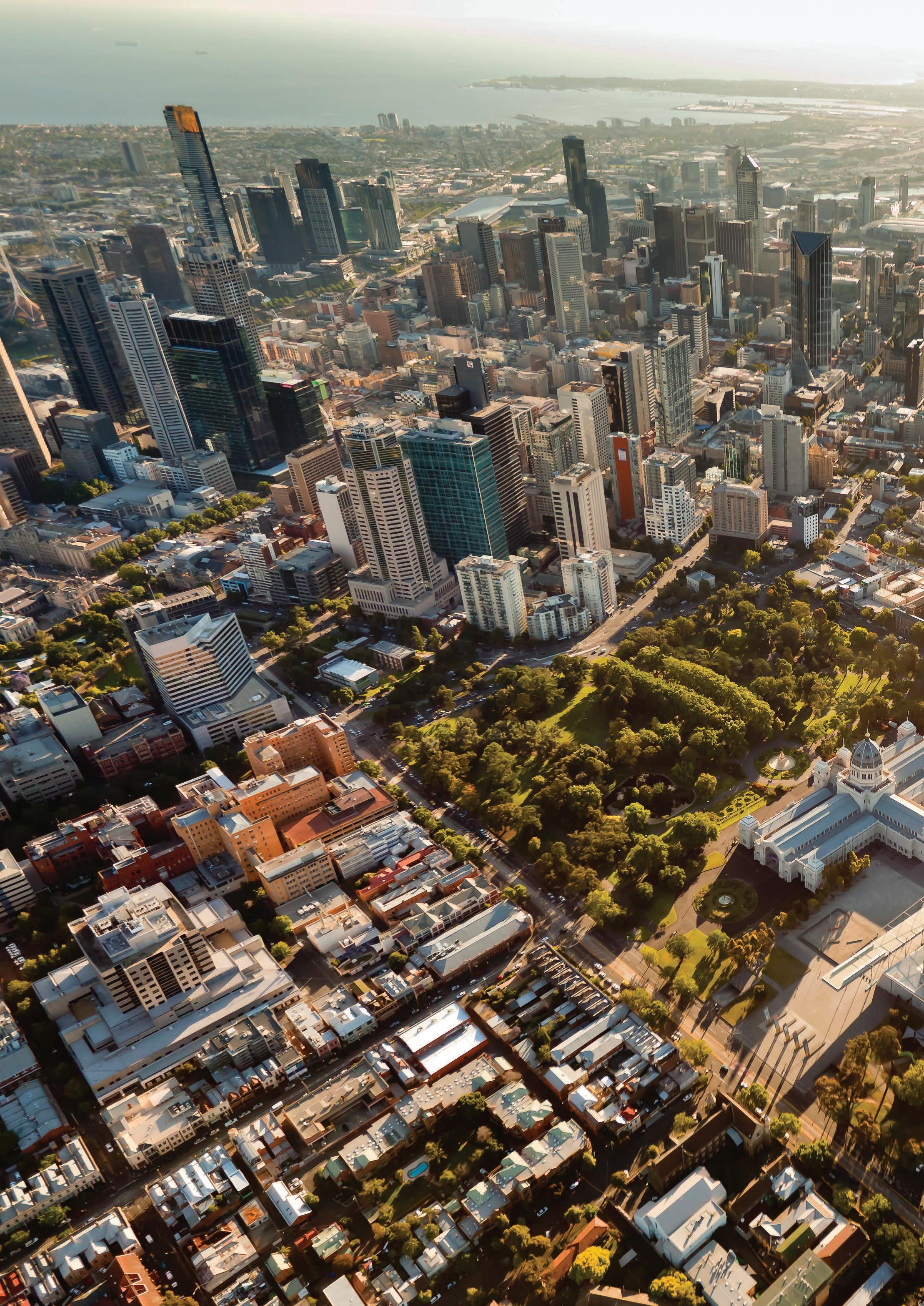
The number of rentals affordable for those on income support fell by three quarters.
Not a single property in metropolitan Melbourne was affordable for someone on the Disability Support Pension or a single parent on the JobSeeker payment.
Table
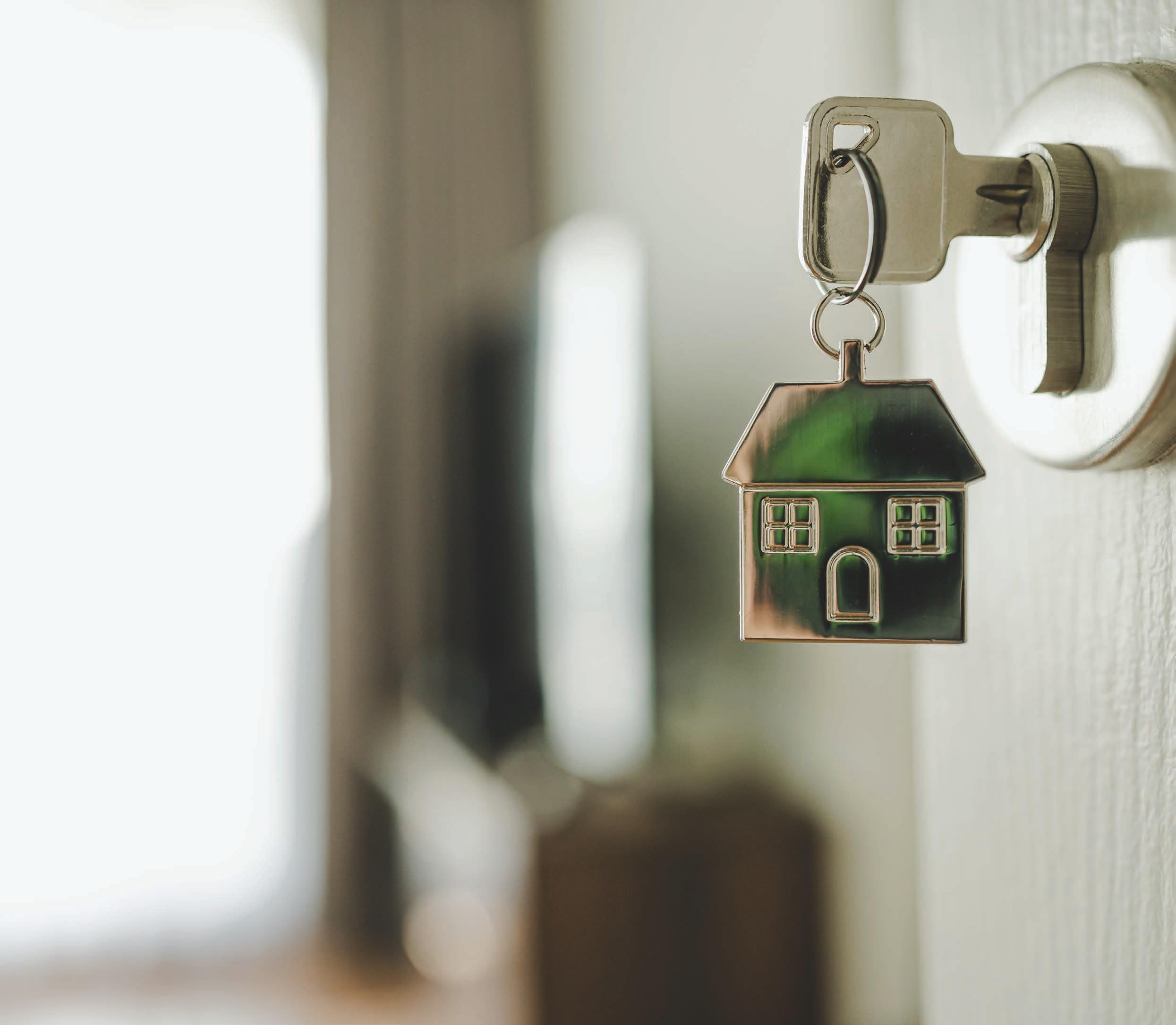
Rental Affordability, Victoria – metropolitan Melbourne
On the Snapshot weekend of 18th March 2023, across metropolitan Melbourne, these are the number of unique properties affordable and appropriate for:
Households on income
Households on minimum wage
Couple, two children (one aged less than 5, one aged less than 10)
Single, two children one aged less than 5, one aged less than 10)
Couple, no children
Single, one child (aged less than 5)
Single, one child (aged over 8)
Single
Single, over 21
Single
Single, over 18
Single in share house
Couple, two children (one aged
than 10)
than 5, one aged
5,
10
Regional Victoria
In the 48 LGAs across regional Victoria there were 1835 properties advertised for rent – 15 per cent of the statewide listings. This is an increase of 412 compared to March 2022. However, while availability has improved in the regions, affordability has not.
Of these listings:
Only 2.3 per cent of properties (42 listings) were suitable for at least one household type living on income support without placing them in housing stress
51.4 per cent of properties (943) were suitable for at least one household type living on minimum wage without placing them in housing stress
As in Melbourne, singles are feeling the pinch
39 properties (2.13 per cent) were affordable for a single parent with two children earning minimum wage. A single parent receiving the Parenting Payment could afford to rent just 0.05 per cent (3) of the properties advertised during the snapshot weekend, with this figure falling to 0.00 per cent if they were on the JobSeeker payment. For couples, the situation has improved since last year – 50.41 per cent of properties (925 listings) were affordable for a couple with both parents earning minimum wage, up from 46.52 per cent in 2022.
Older Victorians and those with disabilities have fewer options
Just 7 properties (0.38 per cent) in regional Victoria were affordable for a single person on the Age Pension, down from 1.69 per cent in 2022. A single person on the Disability Support Pension would struggle to find a suitable and affordable rental, with just 1 property (0.05 per cent) priced at no more than 30 per cent of their income.
Regional townships are the best option for finding an affordable home
Swan Hill, Latrobe and Mildura were the most affordable LGAs for those receiving income support, while Loddon, South Gippsland and Ballarat had the highest numbers of affordable properties for those on the minimum wage.
Affordability has worsened in regional Victoria for singles and sole parent families, but has improved for couples earning minimum wage.
Just 1 property across regional Victoria was affordable for someone on the Disability Support Pension.
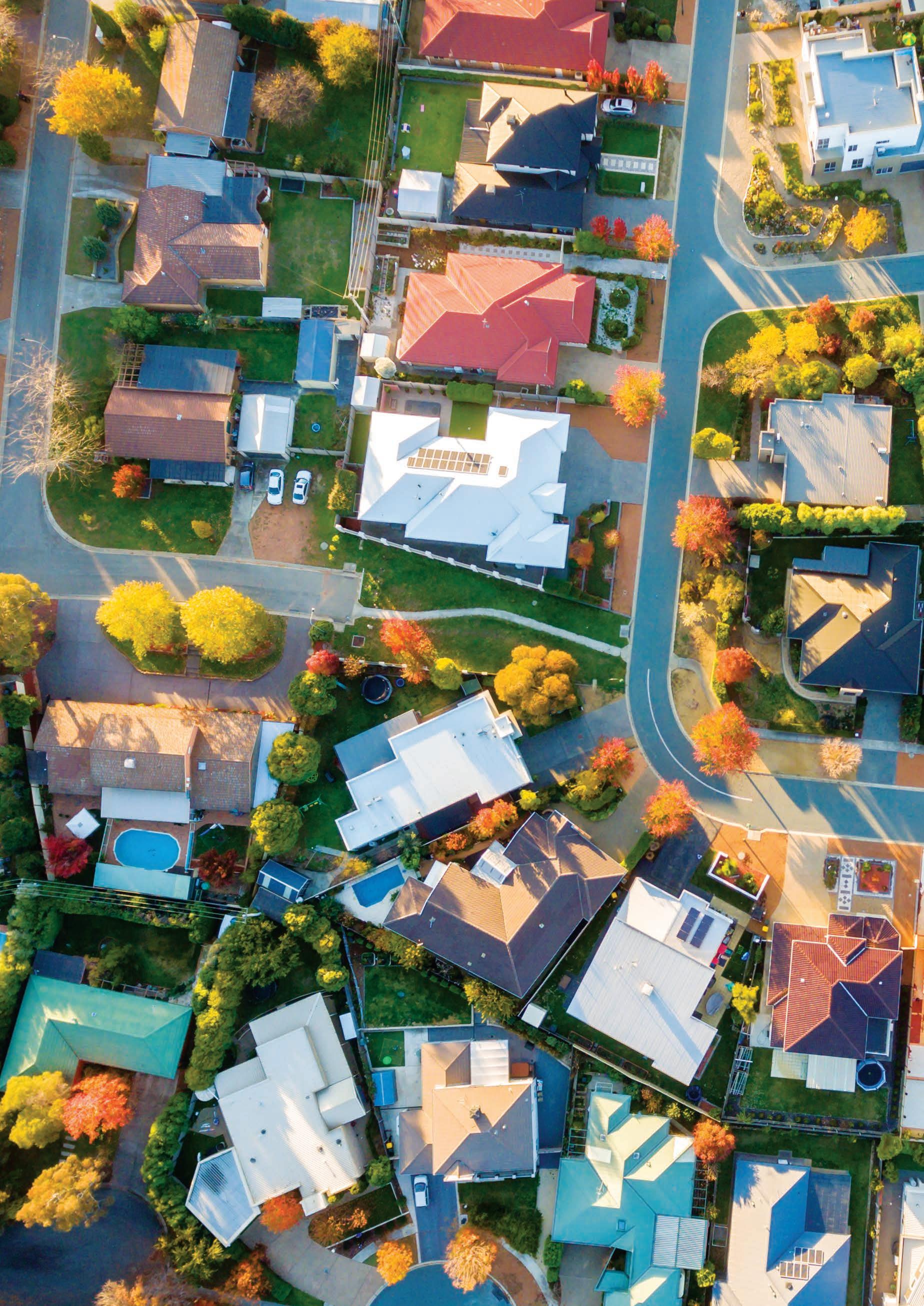
There are more properties available for lease in regional Victoria compared to 2022, but the number of affordable properties for households on income support has decreased by 40 per cent.
Table 5. Ten most
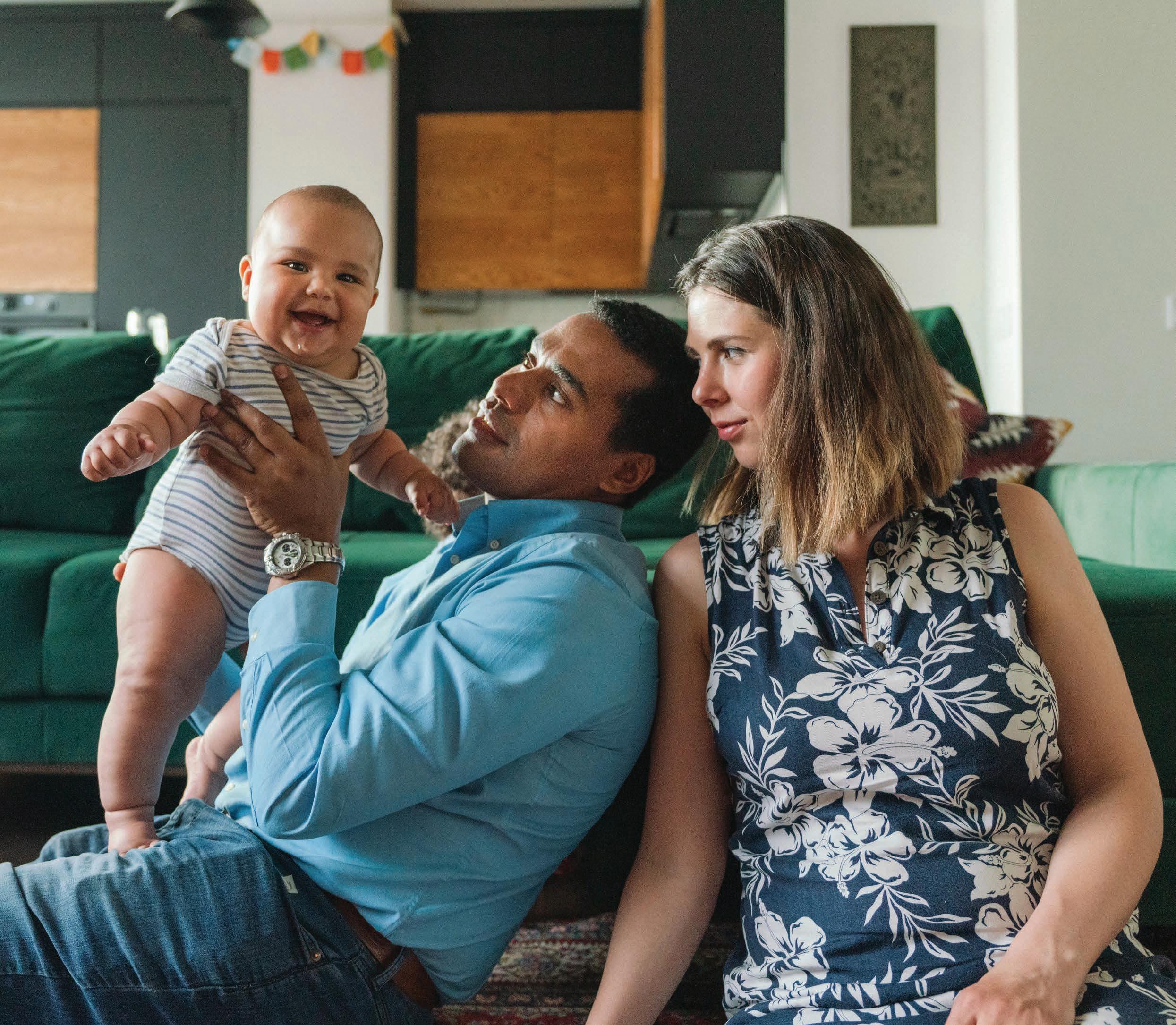
Rental Affordability - regional Victoria
On the Snapshot weekend of 18th March 2023, across regional Victoria, these are the number of unique properties affordable and appropriate for:
Households on income support payments 42
Households on minimum wage 943
Couple, two children (one aged less than 5, one aged less than 10)
Single, two children (one aged less than 5, one aged less than 10)
Couple, no children
Single, one child (aged less than 5)
Single, one child (aged over 8)
Single
Single, over 21
Single
Single, over 18
Single in share house
Couple, two children (one aged less than 5, one aged less than 10)
two children (one aged less than 5,
aged less than 10)
10)

Policy Solutions
Australia needs a standalone national strategy to end child and youth homelessness
Young Victorians need better support to find safe, affordable housing. They face unique risks and have specific and complex needs which are not the same as adults, yet this has not been explicitly addressed in government homelessness strategies. Anglicare Australia’s 2023 RAS revealed that there was just one property in the whole of the country that was affordable for someone receiving Youth Allowance.
A two-year study released by Homelessness Australia in 2023 found that the average young person on Youth Allowance who shared a typical two-bedroom flat had just $13 a day left to cover food, transport, medicine and utilities after paying their half of the rent. Due to the surge in median rents relative to increases in income support payments, a young person who was spending 64 per cent of their income on rent two years ago would now need to spend 73 per cent of their income for the same property.
According to data from the Australian Institute of Health and Welfare, in 2021-22 almost 40,000 young people presented to homelessness services in Australia. Nearly half had experienced mental ill-health, and more than one-third had experienced family and domestic violence. 46 per cent of the young people presenting to these services needed long-term housing, but only 3.9 per cent received it. Close to one-third of these young people were couch-surfing before they sought help.
The Council to Homeless Persons reports that 25 per cent of Victorians without a home are young people between 12 and 24 years old, but only 2.9 per cent of social housing properties are leased to people under 24. Waiting lists are often up to seven years long. Young people on Youth Allowance can also face discrimination in community housing. Because of the way the system works, as tenants they are less financially lucrative for housing providers than older tenants.
Anglicare Victoria supports Yfoundations’ call for a National Child and Youth Homelessness and Housing Strategy that would focus on the unique needs and risks faced by young people who are homeless.
Victorians need more social and affordable housing
There is a critical lack of affordable homes in Victoria, with the Australian Housing and Urban Research Institute reporting a shortfall in the tens of thousands when it comes to social and affordable rentals. By 2036, this figure is projected to grow to about 166,000 homes. The Victorian Government’s $5.3 billion Big Housing Build will deliver 12,000 new social and affordable housing units over the next four years. This is a welcome development and will help many people, but falls short of the number of new homes that are needed. The Commonwealth’s Housing Australia Future Fund will deliver an estimated 6000 new social housing units per year across the country for the next five years, which is a long way from covering the gap.
With the private rental market failing to meet the needs of low-income Victorians, we must invest in more social housing for our most vulnerable renters. Ending our affordable housing shortfall would be the most powerful way to tackle the rental crisis and would also help to reboot our regional economy. Greater collaboration between the Commonwealth and state governments is required to deal with the ongoing issue of housing affordability, which is fast becoming a crisis when combined with the rising cost of living.
In December 2022, The Age reported that priority applicants, including the elderly and people experiencing homelessness, were waiting 15 months for social housing in Victoria. Victims of family violence were waiting up to 17 months. According to VCOSS (2022) there are more than 100,000 people on the social housing waiting list in Victoria, and it estimates that the Victorian Government needs to build at least 60,000 homes over the next 10 years to meet the current demand.
Raise income support payments so people aren't living below the poverty line
Across Victoria, parents, students and those who are out of work depend on the Parenting Payment, Youth Allowance and JobSeeker to survive. Many are likely to be renting, yet as this report demonstrates, the low rates of these payments means that people are trapped in poverty and housing stress. Raising the rate of income support payments above the poverty line will give much-needed relief to the people on the lowest incomes. It will allow them to afford the essentials they need to live their lives, and plan for their futures. Most importantly, it will give more people the dignity of a secure home.
As rents are rising, so too are general living costs. 2022 saw the cost of living increase at the highest annual rate since 1987, with food and utilities leading the charge. Income support payments are not even close to keeping pace with these rises. According to ABS data, employed households felt a 9.3 per cent rise in their outgoings, while for age pensioners expenditure increased by 7.3 per cent. The price of food has risen by 9.4 per cent, and higher wholesale energy prices have seen the cost of gas and electricity increase by around 20 per cent. This trend is expected to continue throughout 2023, with gas bills in particular likely to hurt household budgets during the winter months. Gas prices in Victoria are set to rise by as much as 25 per cent this year, which will see the average household spending an extra $500 to heat their home compared to what they spent in 2022.
Without a substantial increase to Commonwealth income support payments in the near future, the most vulnerable Victorians are at risk of falling further into poverty.
Support housing supply to ensure it can keep up with population growth
With Australia’s borders now open and migration resuming post-COVID, population growth has put added pressure on the rental market in Victoria. In 2020-21 Victoria experienced a net overseas migration outflow of 53,000 people. This figure almost entirely reversed in 2021-22, with 49,000 people arriving in Victoria. The Reserve Bank of Australia predicts that a further 240,000 people will migrate to Australia over the next 12 months, with an additional 96,000 properties required nationally. With 81,000 of these migrants expecting to settle in Melbourne, it’s likely we will see an even tighter and more expensive rental market in the 2024 RAS. This will disproportionally impact the lower end of the rental market, as the projected migration figures will be driven predominantly by international students. Victorians on lower incomes are already being pushed out of the market and this situation will worsen without intervention.
Both the state and federal government have a role to play in incentivising new home builds and making the private rental market attractive to landlords. Programs such as the National Rental Affordability Scheme (NRAS) should be updated and expanded to ensure that there is adequate rental stock available for our growing population into the future.
Rent Assistance payments must be increased
Commonwealth Rent Assistance was designed to help people on low incomes afford their rent, but it has failed to keep pace with the skyrocketing cost of renting a home. Centrelink payments are indexed twice per year in line with the Consumer Price Index (CPI), however rents have been rising faster than CPI since 2000 – meaning renters are worse off, even after these six-monthly increases. Unsurprisingly, 48 per cent of lowincome rental households in Victoria are in housing stress.
As rental costs continue to rise, people on low and middle incomes are finding it hard to meet basic needs such as food and medical costs. Urgent reform is needed to increase Commonwealth Rent Assistance so that it reflects current median rental prices. This will allow those in housing stress to spend more money on other important expenses, such as healthy food, education and transport.

We urgently need a plan to end homelessness
The number of people experiencing homelessness is growing every year due to the shortage of affordable housing. The situation is particularly dire here in Victoria. In 2021-22, homelessness services in Victoria assisted 102,000 people who had nowhere to live – this number equates to 37 per cent of the total clients Australiawide. According to the Council to Homeless Persons, on any given day these services turn away 92 people in need.
Almost half (46 per cent) of people require homelessness assistance due to financial difficulties, while a similar proportion (44 per cent) are without a home because of family or domestic violence. One in 63 people in Victoria received homelessness assistance in 2020-21, a figure considerably higher than the national rate (1 in 92). 32 per cent of these people were experiencing homelessness due to the housing crisis.
People who are homeless need safe and secure homes to help them get back on their feet. We need a plan to end homelessness that tackles the causes of homelessness, including the lack of affordable housing, poverty and family violence, and more funding and support to rehouse people who are homeless.
Fix the tax system to better support low-income Australians
Australia’s taxation system provides several ways for high income earners to minimise the tax they pay and build their wealth. In fact, more than half of the tax concessions currently available benefit the wealthiest 20 per cent of households, including $40 billion in capital gains tax concessions and $26 billion in superannuation concessions in 2022-23. In contrast, just 3 per cent will benefit Australians in the lowest income quintile.
Australia’s current housing tax concessions are a direct contributor to the high costs of rental housing, encouraging property investors to speculate on the property market at the expense of people trying to buy or rent a home. Negative gearing and capital gains tax concessions cost the federal budget a staggering $14.85 billion per year, and overwhelmingly favour the wealthiest 20 per cent of Australians. Better targeting of negative gearing and capital gains tax exemptions would ensure more homes are available and affordable for people on low incomes who are struggling to survive in the private rental market.
The income tax system is also biased in favour of higher earners, with the proposed Stage 3 Tax Cuts due to begin from July 2024 set to benefit occupations such as surgeons, politicians and CEOs the most. Lowerincome professionals such as aged care workers, hairdressers and hospitality workers will end up paying more tax after these changes. Anglicare Australia has called on the Federal Government to scrap these cuts, which will cost the Federal Budget $146 billion in the financial year 2024-25. Instead, Anglicare Australia suggests the Commonwealth spends around half that - $76 billion – to raise the rate of income support to an acceptable level of $88 per day. Doing so would lift almost 2.3 million Australians, including 840,000 children, out of poverty.

About Anglicare Victoria
Anglicare Victoria provides a range of services for children, youth and families across Victoria. These include:
• Out-of-home care services for children and young people, and post-care support
Family support services, including: family counselling, case management, and parenting education
• Education programs for children and young people
• Emergency relief and financial counselling services
Disability support services and respite
Services for alcohol and drugs, mental health and problem gambling support
• Refugee and asylum seeker services
Mentoring and volunteer programs
www.anglicarevic.org.au

Data and Methodology
Anglicare Victoria’s 2023 Rental Affordability Snapshot (RAS) was conducted as part of the national Snapshot undertaken by Anglicare Australia. It covered 79 local government areas (LGAs) in metropolitan Melbourne and Victorian rural, regional and coastal areas – 31 from metropolitan areas and 48 in regional Victoria.
On Saturday, 18 March 2023, realestate.com.au provided a data dump of all rental listings for the Victorian RAS. The data was cleaned to remove duplicates, conditional accommodation, serviced apartments, properties listed as ‘rent to buy’ and commercial properties – including car spaces, warehouses, office spaces and sheds. The suitability of listed properties was assessed against the different categories of various low-income households.
Definitions
A dwelling was deemed suitable if it was both affordable and appropriate for a low-income household. Household groups were made up of single people or family groups living on Commonwealth income support and/or minimum wage.
How was affordability defined?
Renting was affordable if it cost less than 30 per cent of a household’s total income (above 30 per cent is commonly considered to indicate housing stress for low-income households). We included Commonwealth Rental Assistance (CRA) as income.
How was appropriateness defined?
Appropriateness refers to rentals containing enough bedrooms for each household type. Specifically: a share house room or bedsit was suitable for most single people, including age pensioners – but not a couple or a disability support pensioner.
• a one-to-two bedroom property was suitable for a single person or couple.
• a two-to-three bedroom property was suitable for parents with a small number of children.
A property can be affordable and appropriate for more than one household type. For example, a bedsit or a three-bedroom home are both suitable for a single person to rent.
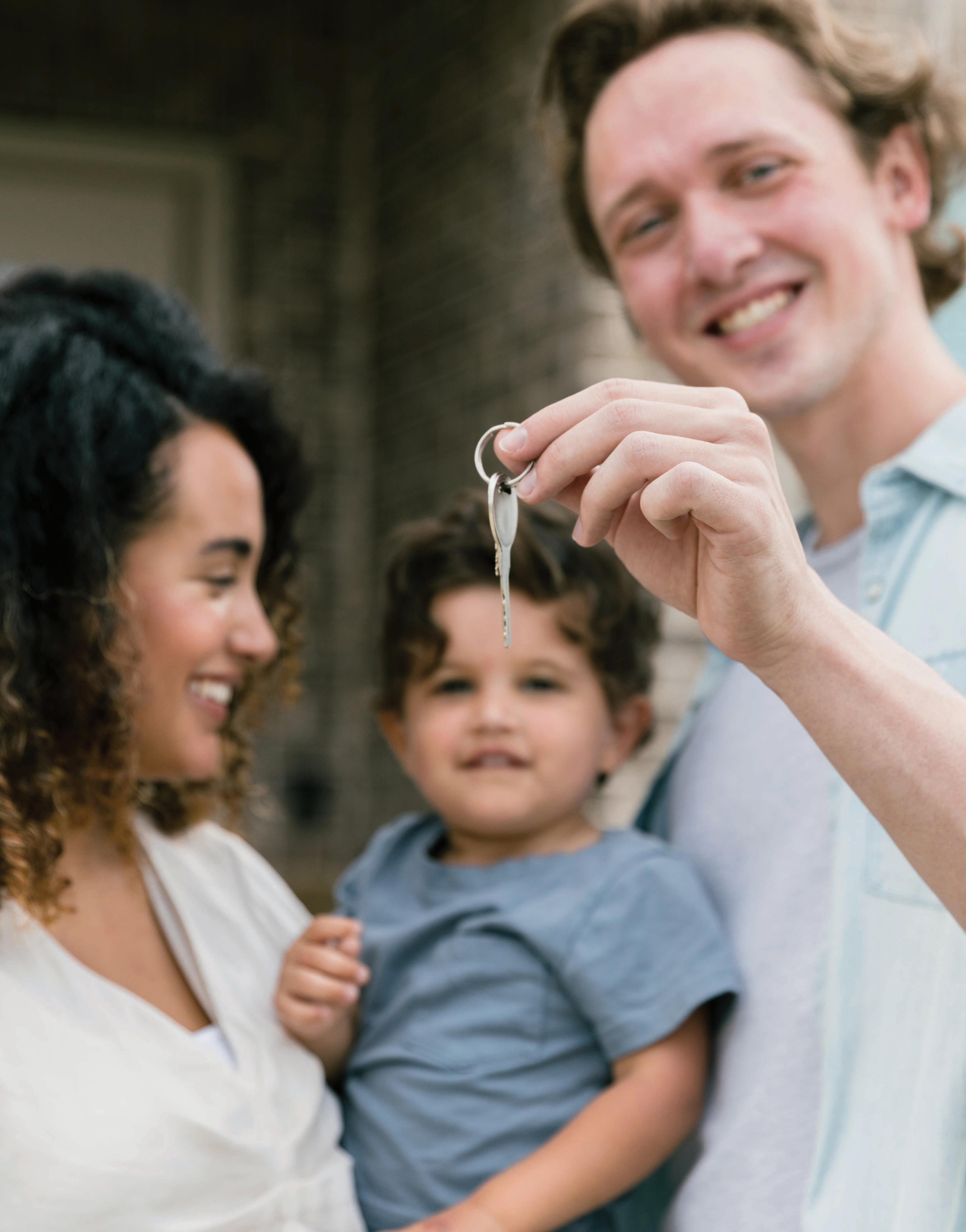
Free and confidential assistance is available
We’re here for you
Call Anglicare Victoria on 1800 809 722 to chat to a Financial Counsellor
Or visit www.anglicarevic.org.au/our-services/financial-counselling to find out more.
Additional Support Services
National Debt Helpline – 1800 007 007
Lifeline Australia – 13 11 14
Parentline – 13 22 89
Kids Helpline – 1800 55 1800
MensLine Australia – 1300 78 99 78
1800RESPECT – 1800 737 732
Safe Steps Family Violence – 1800 015 188
Carers Australia – 1800 242 636
CENTRAL OFFICE
103 Hoddle Street, Collingwood VIC 3066 PO Box 45, Abbotsford VIC 3067 P. 1800 809 722 E. Info@anglicarevic.org.au


